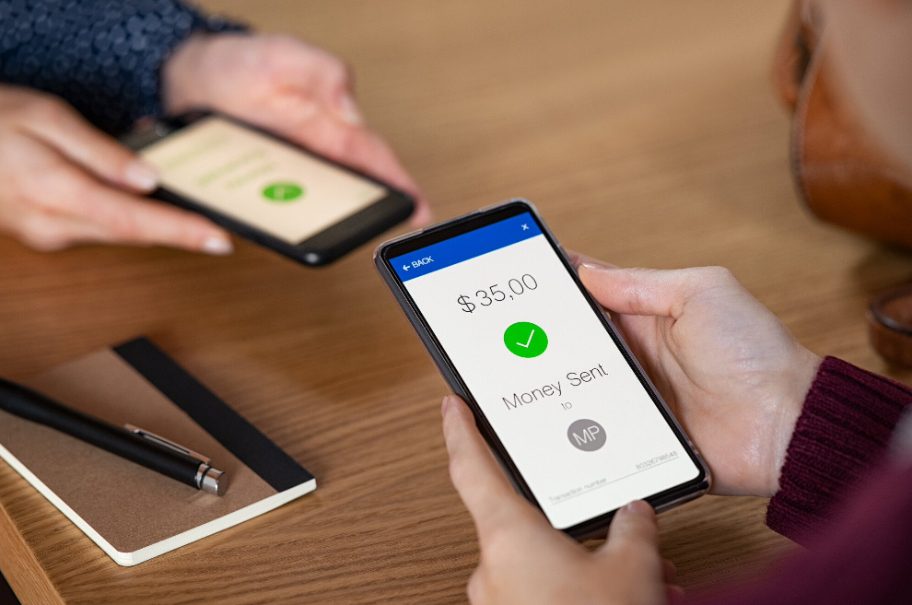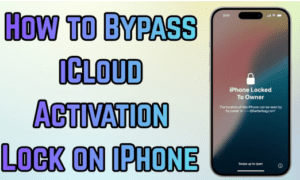Have you ever wondered why fewer people carry cash these days? In stores, cafes, and even at small market stalls, many now tap cards or scan phones instead of counting bills. The shift from cash to digital payments is changing how businesses work, serve customers, and keep records.
This blog will help you understand what this move means for business owners and why it matters. By the end, you will know how to adapt smoothly, handle payments safely, and enjoy the benefits of going digital without confusion.
Understanding the Move Toward Digital Transactions
The world is moving fast toward digital systems, and money is no exception. More people now rely on credit cards, online transfers, and mobile wallets for daily spending. Businesses that once used cash drawers are turning to digital tools that record sales automatically.
This change brings more speed and convenience to both customers and owners. While cash is still around, its use continues to drop as people prefer faster and safer ways to pay.
For many business owners, the shift started when customers began asking for digital options. Some wanted to avoid handling money after the pandemic, while others found mobile payments easier. Over time, digital payment systems have become part of normal life, changing how money flows through the economy.
Why Digital Payments Are Gaining Trust
Trust plays a big role in how people choose to pay. Years ago, many worried about the safety of digital systems. Today, security has improved, and most payment apps use encryption to protect every transaction.
Customers now feel more confident tapping cards or scanning codes. Businesses also enjoy fewer risks, as digital payments reduce the chance of theft or loss of money.
Digital receipts and instant payment confirmations make it easier to track sales. For business owners, this means less time spent counting money and fewer errors during cash closing.
The Hidden Costs of Handling Cash
Handling cash might seem simple, but it comes with unseen costs. Mistakes can happen, and security measures like safes or cash pickups can add extra expenses. In contrast, digital payment processes are instant and record every sale automatically.
When businesses switch to digital, they save time that can be used for improving customer service or planning growth. Reduced handling also means fewer risks of employee errors or misplacement of funds. Over time, the savings can be significant, helping owners manage their operations more efficiently.
How Digital Payments Improve Customer Experience
Customers like quick, easy, and flexible ways to pay. Digital systems offer all three. They allow customers to pay using their phones, cards, or even online links without needing cash on hand.
For example, small food stalls or local stores that accept digital payments often attract more buyers who prefer contactless transactions. It also helps avoid delays caused by giving change or waiting for someone to find the right bill. In busy times, every second counts, and digital tools help speed up service without losing quality.
The of Use Cash
The question is, do people still use cash, especially in smaller towns or among older shoppers who prefer the familiar feel of money. However, the number is slowly decreasing as digital options become more common.
Businesses today benefit from accepting both, ensuring that no customer feels left out. The key is balancing offering cash for those who need it while using digital payments to reach wider audiences and simplify records.
Business Benefits of Going Digital
Going digital offers more than just convenience. It improves how companies manage money and understand their customers. Each transaction provides data that helps track sales patterns and spending habits.
Since every sale is recorded automatically, it becomes simpler to prepare reports or file taxes. This accuracy builds trust with banks and investors who prefer organized financial records. Digital tools can also link with accounting apps, reducing human error and saving time each month.
Meeting Customer Expectations in a Cashless World
Modern customers expect quick and simple payment choices. Businesses that fail to adapt may lose sales to those offering better options. Accepting digital payments shows that a company is modern and responsive to change.
Even small vendors are seeing the benefits of going digital. A simple QR code or mobile app can open access to online markets and delivery platforms. These steps help businesses grow beyond their physical space, reaching more customers than ever before.
Overcoming the Challenges of Going Digital
Moving away from cash can feel uncertain at first. Some owners worry about fees or learning new systems. However, most digital payment tools today are designed to be simple.
They come with clear dashboards and support that guide users through each step. Once set up, transactions happen automatically, leaving little room for confusion.
It is also wise to choose reliable platforms that fit your business size and budget. Comparing fees and reading reviews can help you find the best system. With the right setup, the process becomes easy, and the advantages quickly outweigh the concerns.
Building a Safer Business Through Digital Systems
Digital payments make businesses safer in many ways. There is less cash stored on-site, lowering the risk of theft. Transactions are recorded instantly, creating a traceable history that prevents fraud.
Customers, too, gain a sense of safety knowing their data is secure. When people trust your payment system, they are more likely to buy again. Over time, this trust strengthens your business and improves your reputation.
Preparing for the Future of Money
The rise of digital payments is only the beginning. As technology continues to grow, more advanced tools will appear, such as biometric verification or smart payment cards.
Businesses that start adapting now will be ready for these changes. Staying flexible and informed helps keep your company strong in a fast-moving world.
The key is to see digital payments not as a burden but as an opportunity. They open doors to faster service, safer storage, and clearer financial control. Learning how to use them well is one of the best investments a modern business can make.
The Real Meaning of the Shift From Cash to Digital Payments
The shift from cash to digital payments is more than a trend-it marks a new era of business growth. It changes how companies connect with customers and manage money every day. While cash will not disappear soon, digital payments offer efficiency and reliability that are hard to ignore.
Businesses that adapt will see better control, faster service, and improved trust from their clients. Did this guide help you? Browse the rest of this section for more advice on a variety of topics.





























